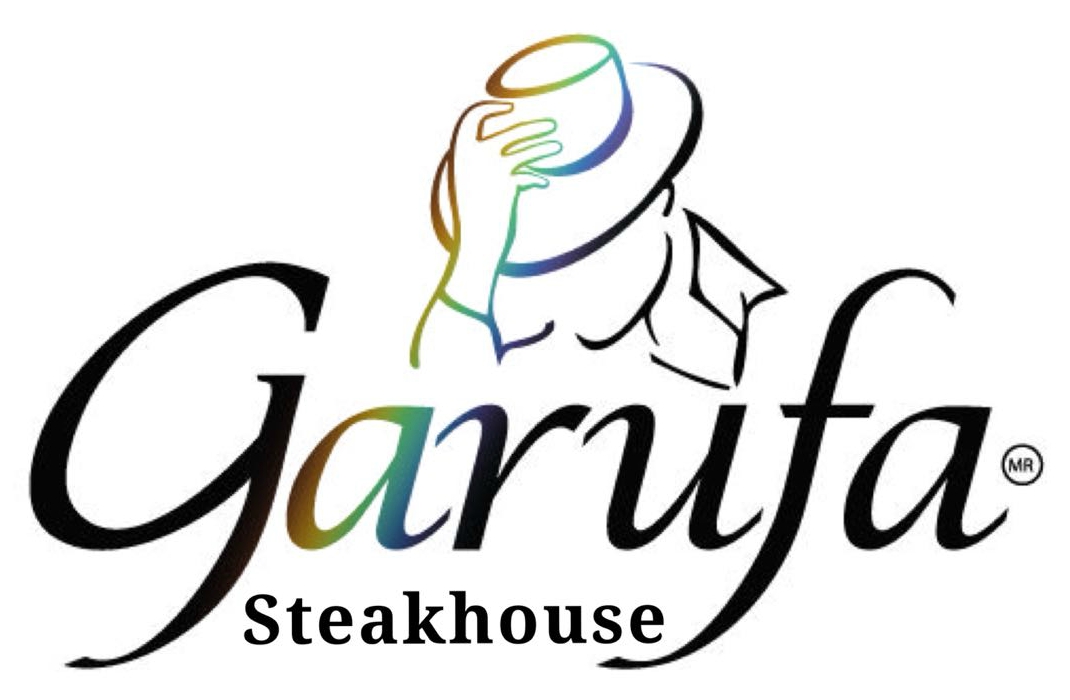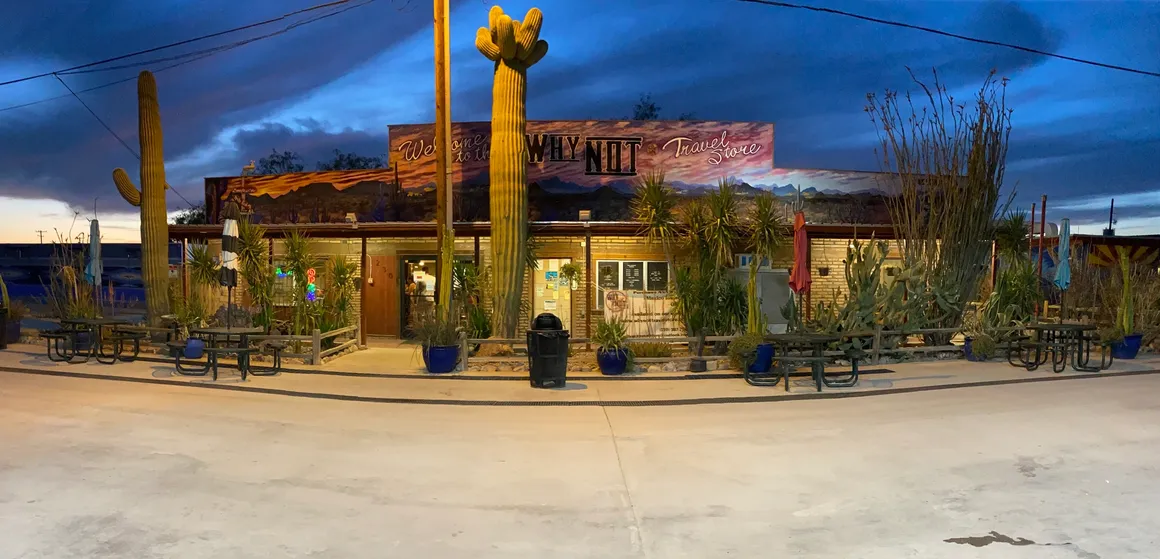Of course we have plenty of beautiful bird species that love it here in Puerto Peñasco and spend the year around, so, interspersed with some hot news about the exciting events coming up in Rocky Point during the next 60 days and longer, we’ll be sneaking in a few articles about one of the most unique aspects of wildlife we enjoy on a daily basis here on the edge of the Sea of Cortez; that being our population of sea birds.
This article is a seemingly random collection of oddball and/or little known facts of interest about more than just the shore birds who hang out at our hang out. But there’s really just a little method to the madness within these tidbits because so many of them illustrate the crossover instinctive, even learning abilities of our winged neighbors. Nature has helped develop necessary skills, physical specialties and truly amazing attributes among these mostly ancient creatures that allow them to survive among the fittest.
Some of the “amazing” facts may not seem to have a lot to do with the above introduction, but were too interesting to leave out, so enjoy!
By the way, upcoming blogs will more specifically cover such interesting characters as the American Oystercatcher, all the great variety of Terns who seem to love it here in Puerto Peñasco, and other interesting and intelligent avians who readily pass their knowledge of the use of tools to survive on to the rest of their maturing species.
Here we go: A bunch of facts you may not know about our feathered friends!
* There are more chickens in the world than humans. Over 4000 million of them! (I’ll have all drumsticks, please!)
* Not exactly on the above topic—and certainly not dinner conversation—but vultures have a great value to the world. They eat rotting, putrefying carcasses and stop the spread of disease, but never get ill themselves. That is partly because they have a bald head which prevents bacteria from setting up house as they have to reach into and pull out the meat since they have weak claws and legs preventing them from attacking or lifting their prey.
* The countries of Albania, Egypt, Mexico, Moldova, Virgin Islands, Zambia, and The USA all have a form of Eagle as their national bird.
* England, Northern Ireland, Scotland and Wales do not have a national bird.
* Why is it traditional to eat turkey on Thanksgiving Day in the USA? In 1621 the Pilgrim Fathers put on a big feast that included roasted wild turkey, to give thanks for their successful harvest, and invited all the Native American Indians who had helped them to set up the colonies, to join them. In view of this, in 1863 President Abraham Lincoln decided that every fourth Thursday in November was to be a national holiday to keep up the tradition of thanksgiving, with roast turkey on the menu. No wonder, then, that Benjamin Franklin fought so hard to make the Turkey our national bird!
* The fastest animal in the world is the Peregrine Falcon which can reach speeds in excess of 100 mph when swooping for prey.
* The slowest bird in the world is the American woodcock flying at speeds of 5 mph (8 kmh) without sinking.
* A flock of crows is called a ‘murder’. Does that mean that three crows sitting on a fence is an “attempted murder?”
* Ever had the delicacy “Birds Nest Soup?” Think about this: Some swifts build nests that are made almost entirely from the bird’s saliva, on the rocky surfaces inside caves. These nests are then harvested by man because they are the main ingredient in the delicacy bird’s nest soup.
* The reason you don’t see a lot of sea birds wearing sunglasses is because the eyes of sea birds, such as gulls, contain special droplets of red oil in the retinas, which act as a sun filter to help with the glare from the sea and sand, rather like built-in sunglasses.
* A true heroine in the historic bird society was Florence Bailey (1863-1948), after whom the Bailey’s chickadee is named. She was the first woman to become a member of the American Ornithologist’s Union in 1929. An activist strongly opposed to the use of bird feathers in women’s fashions, a lobby which saved literally hundreds of thousands of our most beautiful full-feathered birds, and encouraged the use of binoculars rather than guns to be aimed at birds.
* Birds never fall off their perches, even when asleep, because of tendons that run down the back of their legs and into their feet. When the bird lands on a perch, these tendons automatically tighten as soon as the legs are bent, giving the bird a secure grip on the branch. When the bird is ready to fly off, it straightens its legs, which slackens these tendons and loosens the grip on the perch.
* The marsh warbler, which migrates between Africa and Europe, is known to be an outstanding mimic of other birds’ songs. Scientists studying the song of one marsh warbler discovered its repertoire contained phrases copied from over 200 other different birds. Half the phrases were from birds in Africa, and the other half from birds in Europe.
* The most abundant bird found in the wild (chickens are considered domesticated) is the red-billed quelea of Africa, numbering about 1500 million.
* There are over 30 different birds mentioned in the Bible. They include: bittern, chicken, cockerel, cormorant, crane, crow, cuckoo, dove, eagle, falcon, hawk, heron, hoopoe, kite, lapwing, nighthawk, nightingale, osprey, ostrich, owl, partridge, peacock, pelican, pigeon, quail, raven, sparrow, swallow, swan, stork, and vulture.
* William Shakespeare mentions 49 different birds in his written works: blackbird, bunting, buzzard, chough, cockerel, Red Faced Cormorant, crow, cuckoo, dabchick (grebe), dove, duck, dunnock (hedge sparrow), eagle, falcon, finch, goose, house martin, jackdaw, jay, kite, lapwing, lark, loon, magpie, nightingale, osprey, ostrich, owl, parrot, partridge, peacock, pelican, pheasant, pigeon, quail, raven, robin, snipe, sparrow, sparrow hawk, starling, swallow, swan, thrush, turkey, vulture, wagtail, woodcock, and wren.
* You are what you eat: The Hooded pitohui, a rare bird found in the tropical rainforests of New Guinea, is the only known poisonous bird. A neurotoxin found in the bird’s skin and feathers cause numbness and tingling to those who touch it. The bird acquires its poison from its diet of toxic Choresine beetles.
* The circle of feathers found around an owl’s eyes are there to help the owl to hear. The closely-packed feathers in this facial disc (as the circle of feathers is known) help channel high frequency sound waves to the owl’s ears which are situated behind the discs, thus allowing the owl to hear sounds up to ten times softer than humans are capable of hearing, with the possible exception of Mothers in search of offspring at dinner time. Also, Owls are able to accurately locate the direction of sound within a one degree angle because they anatomically have one ear positioned slightly forward in relation to the other ear. Humans, on the other hand, with their ears on an equal level, can only accurately locate the direction of sound within a three degree angle. This accuracy has been successfully refined by Mothers who can locate the exact location of an offspring when dinner is on the table. This has been attributed to the set of eyes located in back of a Mother’s head.
* Beware of birds protecting their young: Birds protect their young in many ways. A mute swan, for example, will hiss and grunt at an intruder getting too close to its nest, and can deliver a blow with its wings that is so powerful it could break a man’s arm.
* Several species of terns, who hatch their broods in large communities and whose broods then gather in groups called crèches and are guarded by the adults who will cause severe damage to animals and heads and upper bodies of humans who happen to wander upon these critically vulnerable youngsters. Interesting also is that the parents locate and feed only their own chicks out of the thousands gathered in these crèches.
We hope you found some of these facts fascinating and promise to bring you more in the near future. We’ll be kayaking through the Morua Estuary shortly to bring back photos of the arriving visitors as they reacquaint themselves with the locals who stayed through the year.
This article is brought to you by the Sonoran Resorts Sales Group, Jim Ringquist, Director of Sales and Marketing.

























